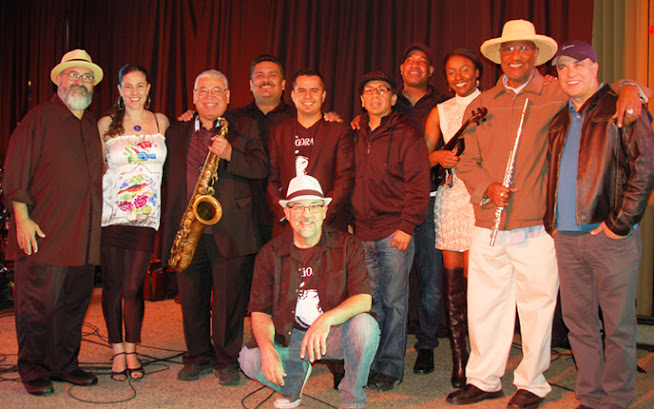IN MEMORIAM: Juan Gómez-Quiñones, Legendary Chicano Scholar, Activist and Poet

Salomón Huerta, Dr. Juan Gómez Quiñones , Oil on canvas, 2018 By Álvaro Huerta, Ph.D. Anti-Mexicanism is a form of nativism practiced by colonialists and their inheritors. —Dr. Juan Gómez-Quiñones (2017) Tuesday, November 11, 2020 marked one of the saddest days of my life. On this day, we—the Mexican people on both sides of la frontera and our allies—lost a legend: the one and only, Dr. Juan Gómez-Quiñones (JGQ). We have not only lost one of the finest scholars and public intellectuals in the Americas but one whose academic tenure and scholarly contributions were among the foremost in the world. The esteemed historian and writer was born a Mexican in el sur (Parral, Chihuahua, Mexico) and died a proud Mexican/Chicano in el norte (Los Angeles, California). That his passing occurred during a time when the Mexican continues to be otherized, marginalized and pejoratized serves as a sobering reminder of the staggering loss his death represents for la raza. ...

